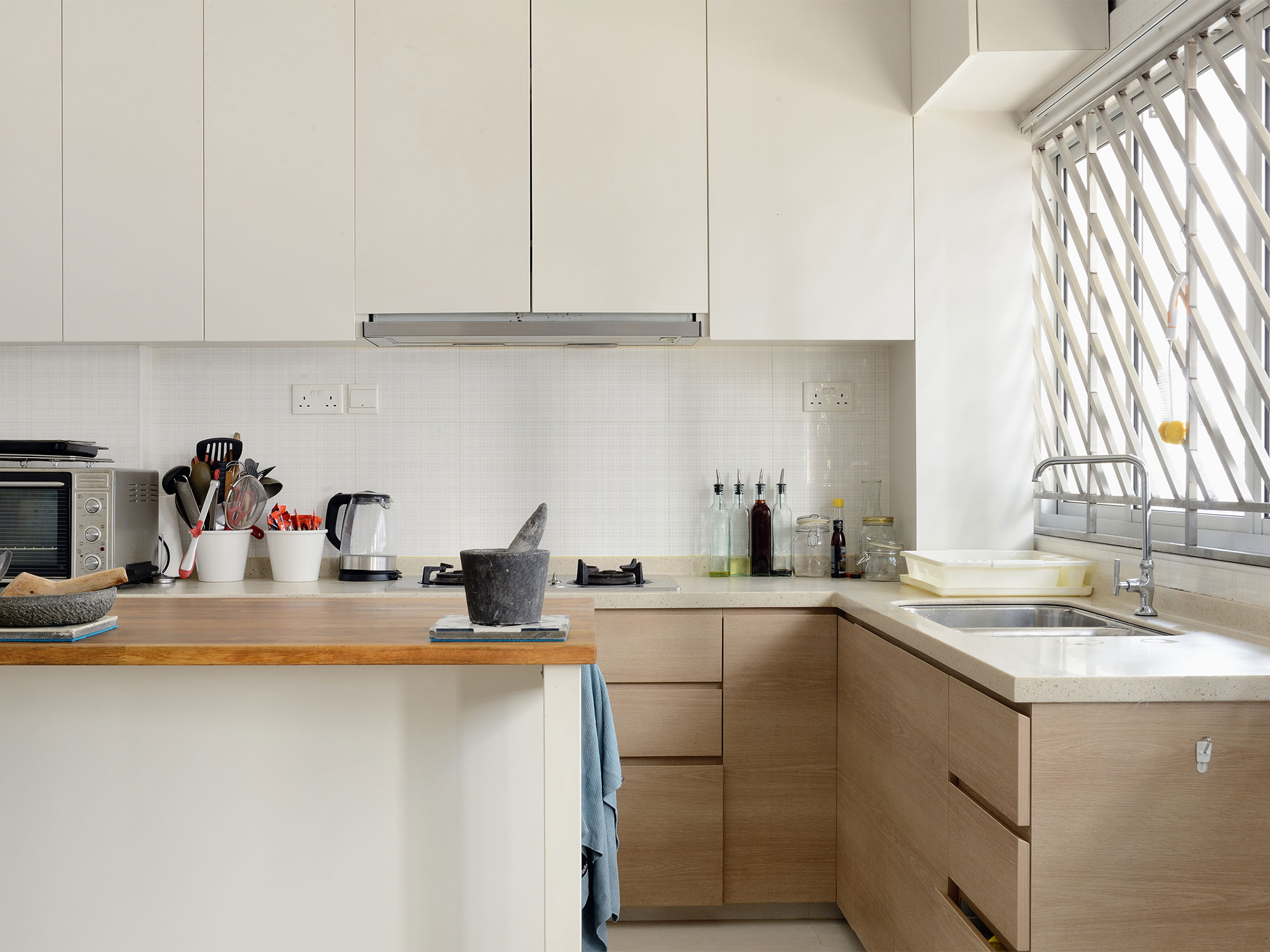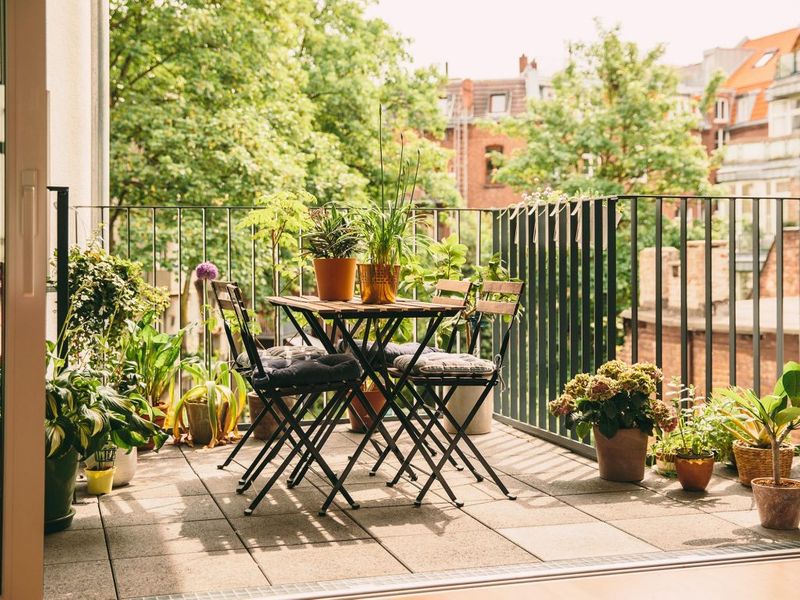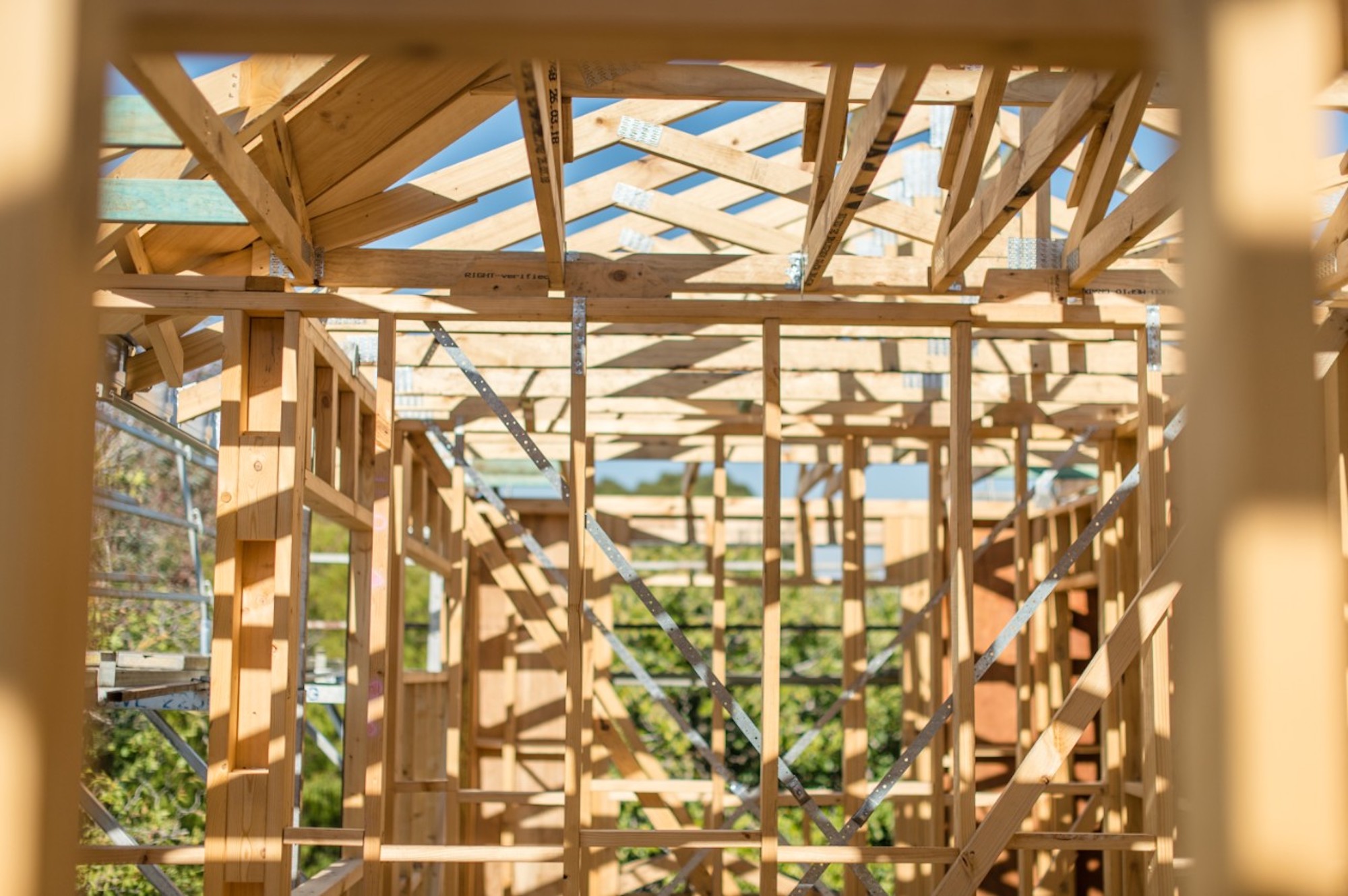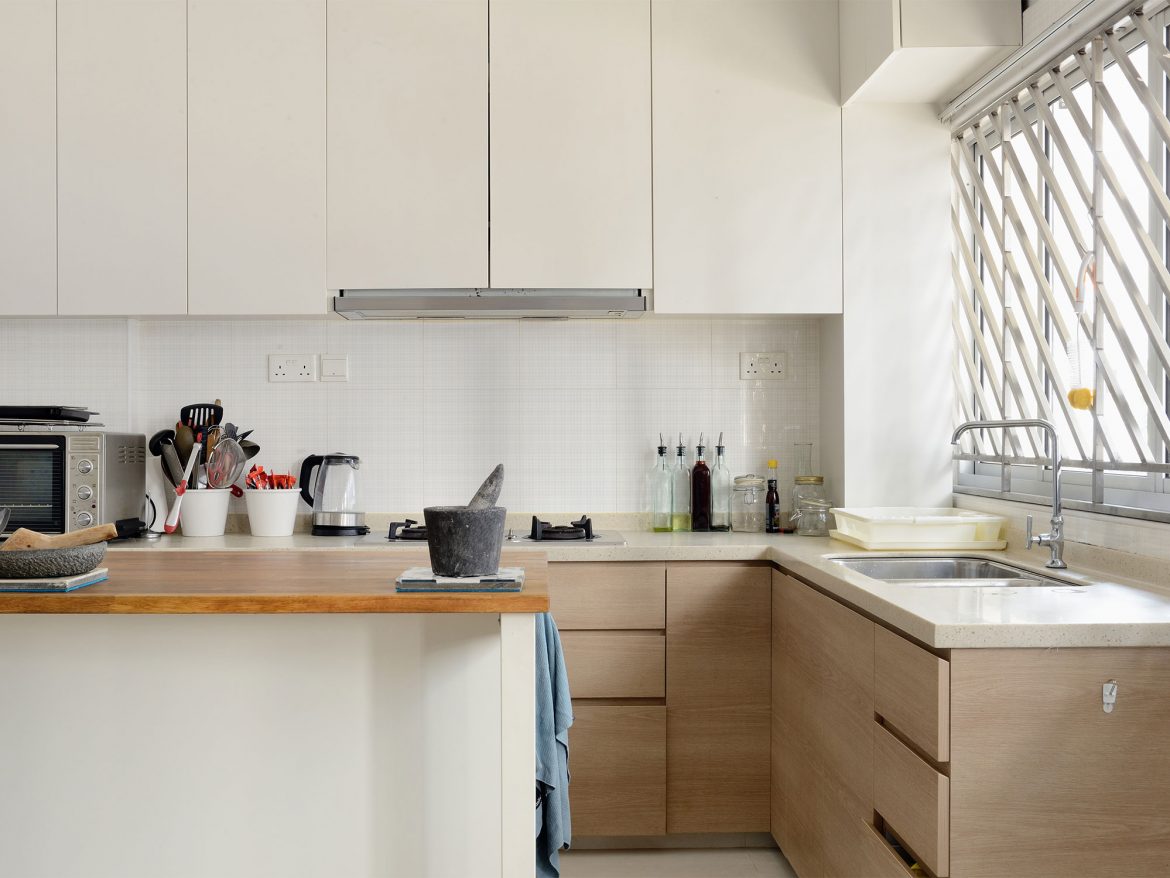The federal government’s HomeBuilder scheme is on the minds of many current and would-be renovators, who are questioning how best to spend the $25,000 grant.
The tax-free payment for eligible owner-occupiers, including first-home buyers, is aimed at those who have received planning permission for a project budgeted between $150,000 and $175,000. The scheme was created as a way to stimulate activity in Australia’s construction industry amid the COVID-19 pandemic.
A multiple-time winning builder from 2019’s The Block and founder of Elevate Building Group, Matt Menichelli, said HomeBuilder has prompted a lot of people to get moving with home renovations they might have been thinking about for a while.
The Melbourne-based builder, who is currently experiencing what he calls a “shakeup” from the newly announced stage 4 restrictions is seeking clarity on exactly how to best manage the new obligations.
What you can get for the $25k HomeBuilder grant
When it comes to ways to spend the government bonus it needs to be considered within the context of a renovation costing between $150,000 – $175,000 which is quite a considerable renovation budget and will cover quite a few areas of the home.
For that price you can look at renovating the kitchen, bathroom, sprucing up the laundry and adding a bedroom, according to Mr Menichelli.
“The extra $25,000 could easily add an extra area to your already-planned renovation. Whether it’s an alfresco area, bathroom reno or a laundry upgrade.

Kitchen renovations have been popular amid the health pandemic. Picture; Getty
How to avoid needing to get planning approval on a renovation
For those wanting to avoid having to go through council or planning permission to change their project scope, Menichelli suggested spending the bonus on upgrading fixtures and fittings and keeping the changes cosmetic, which don’t require approval or complicate the permit process and potentially extend timelines.
This will take a mid-range budget renovation to a higher level of luxury with a better quality of finish. Think about purchasing higher-end appliances, adding bespoke storage or higher quality fittings in the spaces you’re renovating.
Menichelli also suggested using it to upgrade the performance of the home such as installing energy-efficient lighting, heating, cooling and installing double-glazing on the windows:
“This is an important aspect that is often overlooked or isn’t valued,” he said.
“Upgrading insulation, adding more efficient heating/cooling can lead to a more comfortable home, and will also save you money on running costs in the long term.”

Balconies and outdoor spaces are being searched for by would-be buyers. Picture: Getty
How to apply for a HomeBuilder grant
If you’re interested in applying for the HomeBuilder grant, Menichelli warns you’ll need to be prepared to act quickly.
“To be eligible for the one-off $25,000 grant, renovators will need to have their plans approved by 31 December 2020, which means having a builder engaged and contracts signed as well as planning permission approved by local council authorities, if necessary.”
You’ll then need to apply for the grant through your state or territory authority once applications open, and construction must commence within three months of the contract date.

Applying for the HomeBuilder grant is best done through a registered and licensed builder. Picture: Getty.
New HomeBuilders grant
For those in the planning stages of building a new home or have purchased a house and land package, the good news is that these projects will be eligible for the scheme.
Speak to your builder about what you need to do to start the process of applying.
HomeBuilder grant eligibility
To check your project’s eligibility, you’ll need to speak to a registered builder, but there are some other eligibility requirements to be aware of, according to the HomeBuilder government fact sheet.
You must be over 18 and meet one of the following two income caps: $125,000 per annum for an individual applicant based on your 2018-19 taxable income or later or; $200,000 per annum for a couple based on both 2018-19 taxable income or later.
Renovating amid COVID-19
“More people are spending more time at home lately and this has resulted to us getting more enquiries for smaller jobs such as kitchen renos, bathroom renos” said Mr Menichelli.
Cosmetic spruce-ups are becoming popular during a time when people might be more likely to notice the limitations of their current spaces, he added.
Baking became a trend during lockdowns earlier in the year, which put a focus on kitchens, and as people try to keep fit amid gym closures and outdoor exercise restrictions, they’re now looking at amenities in the home that support mental and physical health. Design trends are also shifting quickly during the health crisis.
Buyer search data from realestate.com.au shows searches for homes with outdoor space increased by more than 40% between April and June 2020 compared to pre-pandemic times, while gyms and studies were also front of mind for house hunters showing jumps of 37% and 31% respectively.
So if you’re thinking about renovating to sell, it could be worth thinking about adding some really desirable features to increase the sale price of your home.
The post Homebuilder grant provides ‘stability’ to cautious building industry appeared first on realestate.com.au.

